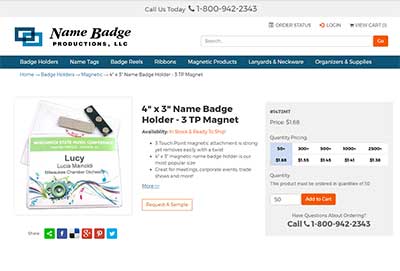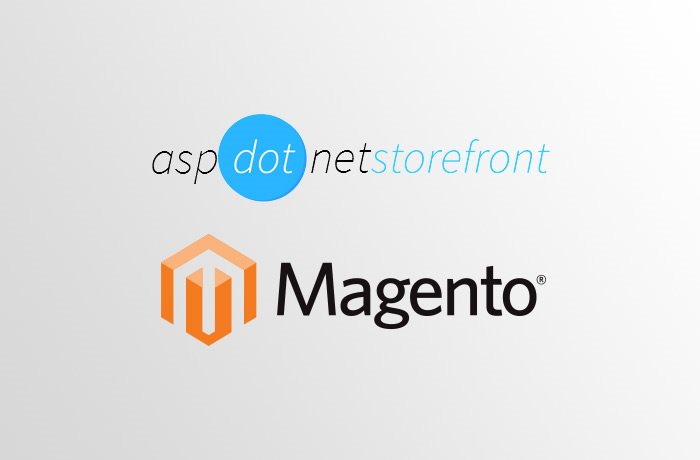Vortx recently launched a new version of AspDotNetStorefront. On the surface, there may not appear to be a lot of changes, but AspDotNetStorefront version 10.0 is built on an entirely different platform than previous versions. This is a welcome change, and version 10 is a much better overall product than its predecessors. It offers increased performance for users, easier modifications and features for developers/designers and is PCI (PA-DSS) compliant. As a developer who works with this software, I’ll explain some of these changes from a technical standpoint as well as how they could impact your eCommerce site.
Performance Improvements
Users always want pages to load as fast as possible. This is especially important in today's mobile world. One of the most effective ways to accomplish this is by reducing total page size. Older versions of AspDotNetStorefront relied on a technology called Viewstate to track changes as users moved through a website. This involved injecting tracking text in pages that would grow and grow as a user interacted with your store. I’ve seen several times where this tracking text makes up the majority of the HTML. The new version no longer works this way.
In addition, AspDotNetStorefront version 10 also utilizes bundling and minification for javascript and CSS files. This further reduces the total page size and number of requests by combining and shrinking files. Altogether, these changes make for a much faster site and better user experience.
Streamlined Support
The new architecture of the platform is one used to build frameworks with nearly every major web programming language. This means that most web developers have some familiarity and can work with this platform and get up to speed quickly.
Separating the design from the logic of your site makes it easier for designers to make changes without knowing programming languages like C#. Most of the visual changes can be done using HTML and an easy to learn programming language named Razor. Anyone who knows HTML and CSS should be able to make changes to the views without too much trouble.
For the developers who want to get their hands dirty, AspDotNetStorefront 10 uses programming interfaces and dependency injection. It’s a big step forward towards testability and allows programmers to change an implementation without affecting the rest of the site.
Improved Security
AspDotNetStorefront 10 includes an increase in security over previous versions. Users can be forced to always use HTTPS when requesting pages. This helps users feel more secure and can result in a slight ranking boost on Google.
Additionally, AspDotNetStoreFront 10 has been Certified PCI (PA-DSS) compliant and is listed as a certified compliant payment application by the PCI Council. This helps keep your customers’ information safe and stores can declare they are 100% PCI compliant.
Upgrade Process
The AspDotNetStorefront team made a lot of changes for version 10. I welcome the improvements, but it can make upgrading sites with a lot of customizations more difficult. We have found that most visual customizations are fairly easy to adapt and shouldn’t require too much work, but changes with custom logic can take more time to convert to the new architecture.
For this reason, I recommend starting with a fresh AspDotNetStorefront 10 codebase and bringing over customizations one by one. This helps determine the best way to adapt each customization for the new architecture and determine if it is still required. Using this process allows us to:
•Minimize maintenance costs,
•Limit changes to the code base,
•Improve the ability to upgrade in the future.

ASP.NET Web Forms, on the other hand, has a much looser architecture. It was created as a web architecture to be used by developers who are more familiar with writing computer programs than websites. Although it is quick to get basic pages up and running, responsibilities are not well defined and can be sprinkled throughout components of a site. This generally makes developing a site with customizations more difficult over time.
Ready to take AspDotNetStorefront 10 for a Spin?Whether you are a current AspDotNetStorefront user or are considering the platform for your own eCommerce site, schedule a time to talk to us about whether this version is right for your business.



